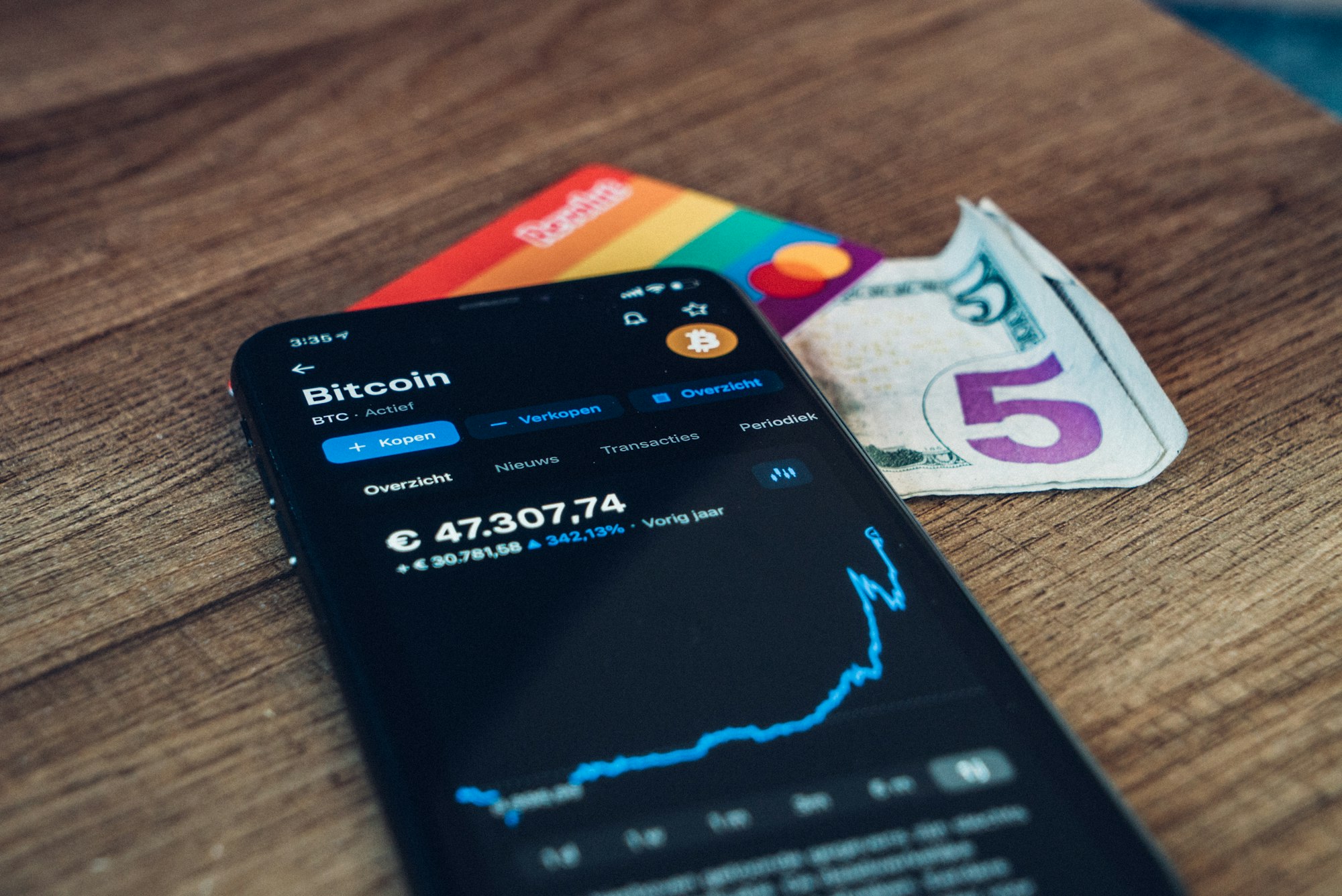Fintech Newsletter for 6/13/21

Below is news related to the fintech industry this week.
General News
Google agrees to pay French regulators over its Ad practices and acknowledges to make further changes on the selection of default search engines on Android phones in the EU.
The primary goals of antitrust regulations are centered around benefiting consumers, i.e., consumers must have more choices. More options to consumers imply that monopoly power and cartel formation will not be present in the market.
The Lerner index developed by a British economist during the early 19th century gives a good measure to find a firm's market power. The index ranges from 0 to 1. The value of 1 indicates monopoly power, and 0 implies perfect competition - so in the real world, the value of the index for a company will not fall in the above extremes. The closer the index gets to 1, the company gets the scrutiny of antitrust regulation.
The Lerner index is inversely related to the "Price Elasticity of Demand," i.e., the ratio of percent change in quantity demanded over the percentage change in price. And the Lerner index is defined as (P-MC)/P, where P is price and MC is Marginal Cost.
From the above statements, we can see that "Price Elasticity of demand" for a firm must be higher (i.e., highly "elastic" demand) to avoid monopoly power in the market. For example, let us assume burgers manufactured by McDonald's and Burger king taste the same. If Mcdonald's increases its price of a burger, then the consumers will flock to Burger king. On the other hand, if Mcdonald's establishes a secret recipe with some diehard followers, price changes will not hurt the quantity demanded sign (i.e., highly "inelastic" demand).
The below graphs give an excellent visual representation of extreme versions of elasticity. The first one being, perfectly "elastic" (i.e., extreme version of highly "elastic" demand), i.e., for minor price changes, the quantity demanded changes significantly. The second one being perfectly "inelastic" (i.e., extreme version of "highly" inelastic demand), i.e., for any price change, the quantity demanded is fixed; this is the holy grail for any product. i.e., highly differentiated offering compared to competitors with a fan following that is willing to buy anything that the firm releases.
Companies strive hard to move from the elastic spectrum to the relatively inelastic range of the demand curve by offering product differentiation through product, operations, cost, sales, and marketing innovations - end of the day, adding value to its consumer base unlike anyone else in the market.
The above leads to interesting market dynamics where the regulators, in essence, are trying to keep the demand curve elastic with substitution power to consumers. In contrast, the firms try to keep the demand curve inelastic.
Now that we understand antitrust and regulation from an economics and market perspective. Let's look at a classic example of the antitrust lawsuit and one of the first in the tech industry for regulators to intervene to rein in the monopoly power. Microsoft and its internet explorer browser in the late '90s are stories in the tech industry history books. The DOJ alleged that Microsoft was stifling the competition by bundling internet explorer as a free offering with its operating system(back then, one had to pay to use Netscape Navigator to browse the internet ). The judge in the case gave a judgment that Microsoft had violated the "Sherman Act" and ordered the company to be split into two parts. However, Microsoft filed an appeal and entered into a settlement agreement with the DOJ, and avoided breaking the company. In a CNBC interview, Bill Gates stated that the antitrust lawsuit was a distraction and took away Microsoft's focus from capturing market-leading positions in upcoming trends of the 20th-century, such as smartphones.
Coming back to the current news topic, Google last week made a couple of significant antitrust settlements in Europe. Firstly, Google agreed to pay 220M euros to the French regulators over its AD practices. The antitrust suit was focused on Google benefiting by using AD manager(where large publishers auction ad spaces on their websites) in its ADX ( auction marketplace that brings publishers, agencies, and advertisers together ) platform. Google was accused of using data from Admanager to increase its chances of winning bids in its ADX platform. Google has settled the case by providing money and has also agreed to share the Admanager data with other ad networks participating in the auction. In addition, Google will no longer use the data to benefit its bids. Even though the above settlement is only legally bound in France, it provides Google with an excellent template to squish other antitrust lawsuits worldwide.
The second antitrust lawsuit was a continuation of providing EU consumers with the option to choose their preferred search engine as the default search engine on their Android devices, aka "choice screen." Google provided a "choice screen" in previous settlements, and only companies that placed high bids in a blind auction were listed. However, small companies raised concerns about the "pay to play" method and stated high net worth companies had an unfair advantage. To ease these concerns, Google will now add more search engines in the "choice screen."The new feature is expected to be available in Android phones in the EU later this year.
Just drawing a parallel with Microsoft antitrust case - will 20 years down the lane Google feel it got "distracted" and missed on a few good opportunities currently present? Will regulators be able to break Google and other big tech companies?
With its "Alphabet" company structure, Google seems well-positioned compared to Microsoft in the late '90s. Nonetheless, only time will tell the final results.
U.S Monthly inflation numbers continue to rise.
U.S. consumer price index (CPI) numbers for May were published earlier this week. The CPI was 5.0% higher than the same time last year. The U.S did not see such a high trend since the financial crisis during 2008. There have been many explanations for such a rise in inflation.
One of the most common explanations is the "low base effect." Annual inflation rates were lower last year due to a drop in prices due to lockdown. A year later, when prices are returning to "normal," give a perception of inflation.
So we would have to wait for another year to get a precise gauge of consumer price index and, hence, inflation.
Another explanation is that China is "exporting inflation," I.e., due to the supply chain and commodity pricing, China is facing an increase in manufacturing costs and is said to have been passing the increase in the pricing to its customers.
Lastly, the decreased supply and increased demand explanation discussed at length in our previous newsletter.
Fintech New Product Launches.
- Affirm introduces shop pay installments for shopify merchants
- Stripe launches stripe tax to integrate sales tax calculation for 30+countries.
Fintech New Venture and IPO
- Trulioo,a Canada based online identity verification platform ,raised $394 in Series D funding.
“And the key, what we do here, which is really important in a world that is even more concerned about privacy, is we do it without seeing your information and without seeing the data it is being compared to. So it's done in an encrypted transaction,”Steve Munford, CEO of Trulioo
- Klarna, Sweden based fintech giant,raised $639M in its latest round of funding at a $45.6b valuation.
- Blooma,a California based digital underwriting platform for commercial real estate,raised $15M in Series A funding.
- Branch insurance,a Ohio based home and auto insurance startup,raised $50M in series B funding.
- Briq,a California based payment platform for the construction industry ,raised $30m in Series B funding.
- Airbase,a San Francisco based spent management platform for SMBs ,raised $50m in Series B funding.
- Certificial,a New Jersey based certificate insurance and compliance management software ,raised $5.8M in Series A funding.
If you have any comments or have any topic requests for the blog, please leave your feedback here.





